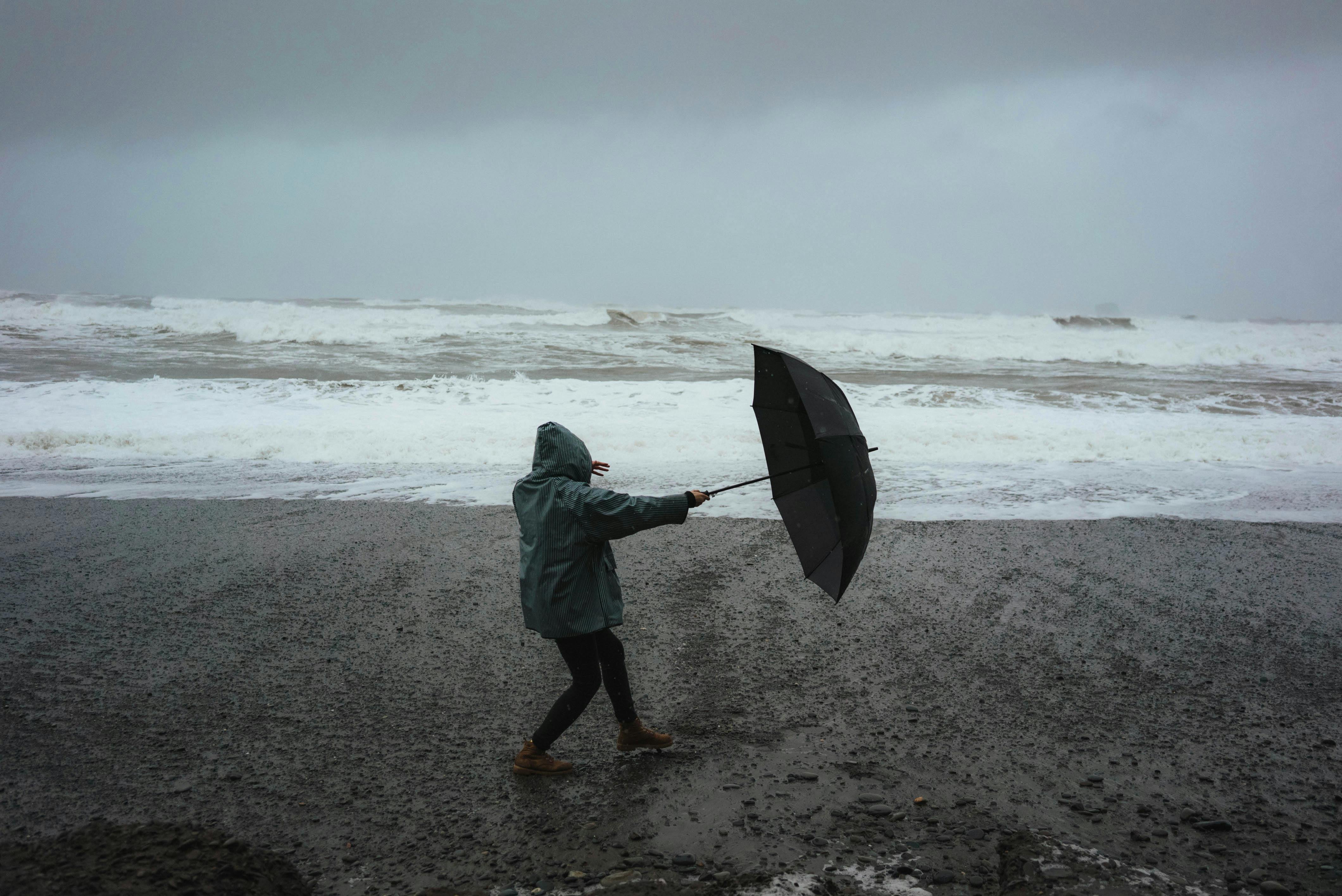Vermiculite insulation has been used as loose-fill wall cavity and attic insulation in North America since the early 1920s. Pure vermiculite does not present any known health risks, however, it has been identified that vermiculite mined from the popular Libby, Montana site contains trace amounts of tremolite asbestos. For the owner of a home with vermiculite insulation, the origin of the natural mineral is of most concern; however, for the average home buyer, the stigma associated with the presence of vermiculite affects the entire real estate transaction.
Health risks for the owner
The health risks associated with owning and occupying a property with loose-fill vermiculite insulation are generally considered low, due to the limited direct exposure the homeowner has to the installed insulation. Approximately 60% of the vermiculite insulation installed in North America is asbestos-containing material (ACM) due to the popularity and market dominance of some home insulation vendors until the early 1990s. While there is no guarantee that contains asbestos, without testing to determine the composition of vermiculite, the Canadian Center for Occupational Safety and Health notes that “it is reasonable to assume that it may be contaminated with asbestos. Known risks associated with exposure to asbestos containing vermiculite include; Asbestosis, mesothelioma and lung cancer. The risk increases with exposure, therefore the following precautions should be taken to avoid disruption of vermiculite insulation which can cause asbestos fibers to become airborne:
1. Seal all cracks and gaps in ceilings to prevent air changes between the air space and the living space.
2. Do not store items in the attic.
3. Minimize the opening of attic hatches.
4. Do not remove the insulation yourself.
5. Inform all contractors that vermiculite insulation that may contain asbestos is present and only hire contractors licensed to handle and handle asbestos.
Vermiculite and Real Estate Transactions
The reality of owning or purchasing a property containing vermiculite is that there is a risk associated with exposure to asbestos-containing material and a financial responsibility assumed with the affected property. It is imperative that vermiculite be tested for asbestos; there is a 60% chance that it is asbestos-containing material (ACM), and there are legal requirements in some jurisdictions to check for asbestos present in order to notify contractors of the potential risk. Costs associated with vermiculite testing vary by geographic location; however, it is important to note the following:
1. Sample collection and sample integrity is a critical issue with respect to the validity of the results. The testing methodology dictates that specific steps must be taken to collect a representative sample of homogeneous material: do not rely on home inspectors on the accuracy of the test or on their best effort. Poor sampling methods equal inaccurate and invalid results. There is significant liability for the owner selling (or renovating) the home related to the delivery of invalid negative results that affect the end user or contractor. Hire a testing professional.
2. Due to the physical structure of asbestos fibers and vermiculite, the distribution of asbestos within vermiculite is inconsistent and the fibers settle over time. Accurate testing requires the collection of multiple samples from multiple locations within the installed insulation.
Vermiculite is often a sales bargaining point. Potential buyers of vermiculite-containing properties expect a discount on the sales price associated with the potential expense associated with vermiculite-containing asbestos removal. Having viable samples collected by a professional with analysis performed at an accredited testing laboratory will provide the seller with the necessary information to determine if a reduction made prior to listing is advantageous or necessary.
